Moisturizer explained: Humectants, emollients and occlusives
Have you ever wondered how moisturisers hydrate the skin so well and provide that comfortable feeling?
Just how do they do it? Which of the ingredients on the list does the magic? And, if any, what’s the difference between the formula of serums and creams, and how does it affect their ability to hydrate the skin?
We know we’ve definitely asked ourselves these questions! Keep reading to find out the answers!
What is TEWL?
Any conversation about skin hydration has to start by explaining the concept of TEWL.
The stratum corneum (the outermost layer of the skin, made up of dead cells) protects the skin against external aggressors (UV radiation, pathogens, and so on), and reduces the evaporation of water from inside the body into the environment and, therefore, prevent a rapid loss of moisture.
However, the stratum corneum is not fully prevent water evaporation. This is what leads to natural and constant Transepidermal Water Loss (TEWL).
How does TEWL or Transepidermal Water Loss work?
When TEWL is under control, the stratum corneum holds back the right amount of water, allowing the skin to perform its protective (barrier) function to its best.
However, when TEWL is too high, as is the case with dry skin for example, it’s because the stratum corneum has been affected in some way, resulting in excessive loss of water through evaporation. This affects the barrier capabilities of the skin, leading to other problems, such as sensitivity, itching, redness, irritation, and so on.
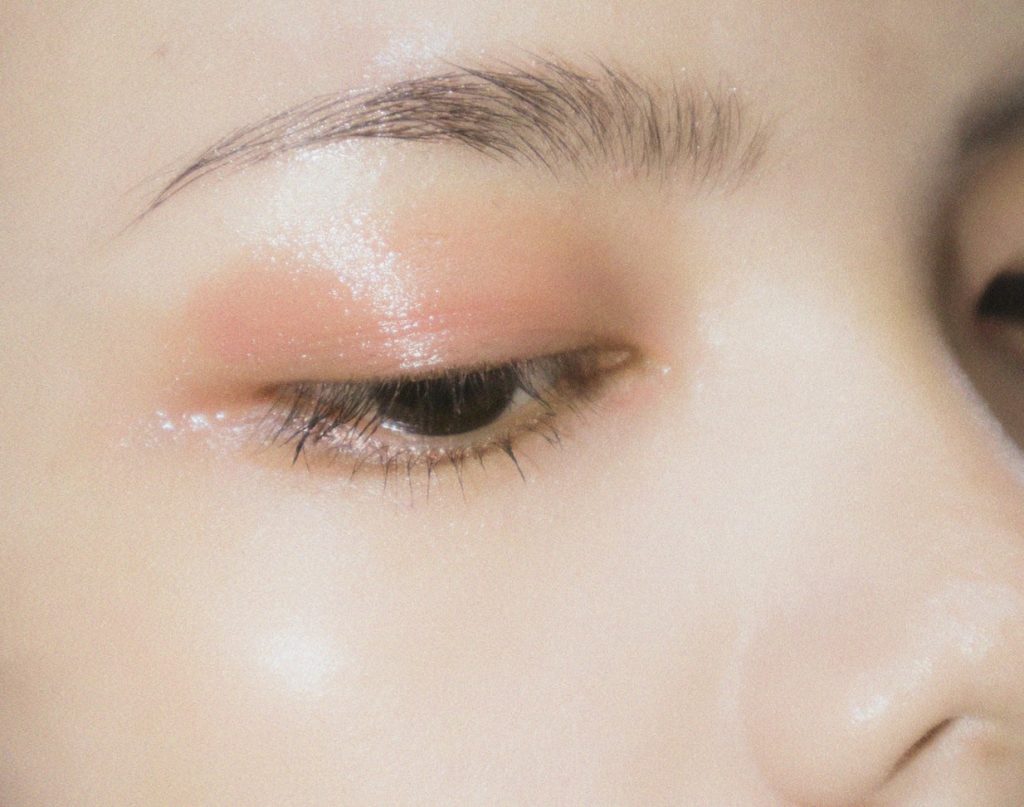
Therefore, to restore and maintain the barrier function, it’s a good idea to add moisture to the skin. How can we do this through cosmetics? By incorporating products with humectant, emollient, and/or occlusive substances.
Humectant substances
These substances are made up of hygroscopic molecules — that is, their structure allows them to attract and trap water molecules in the stratum corneum (the outermost layer of the skin), just like a magnet. These water molecules may be in the environment, in the very formula in which the humectants are dissolved, and/or in the deeper layers of the skin. They dissolve in water.
These ingredients, therefore, provide moisture to the stratum corneum thanks to their ability to attract water. But don’t worry, even if they “steal” water from deeper layers of the skin, they won’t dry out it out! Water is constantly flowing from the inside of the body towards the deeper layers of the skin, as long as you hydrate properly. In other words: drink water!
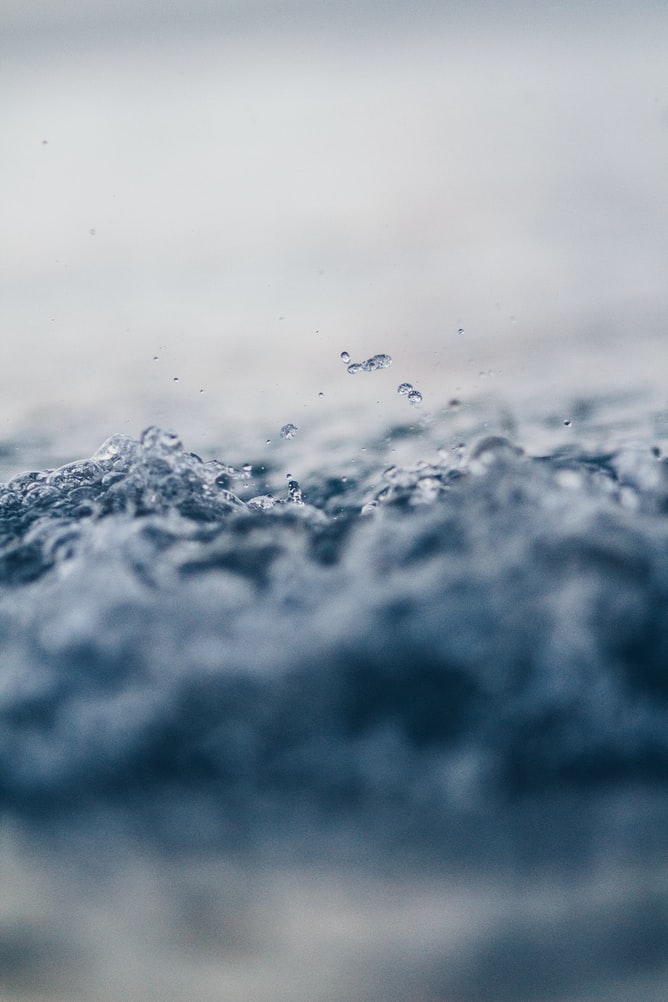
Another benefit is that they help the formulas themselves hold on to their water, which helps preserve their physical and chemical properties over time.
Some of the moisturising substances that you’ll find in cosmetics are listed below, although these are only a few examples: there are up to 2051 ingredients registered with this function in the European database of cosmetic ingredients.
- Glycerin: The quintessential moisturiser; you will find it in many formulations.
- Other glycols: Propylene Glycol (which is also an emollient), Propanediol, Pentylene Glycol, 1,2-Hexanediol, Diglycerin…
- Urea, Panthenol, honey, and sugars.
- Hyaluronic Acid, in its various forms: Sodium Hyaluronate, Hydrolysed Hyaluronic Acid…
Products with humectants? We love the anti-aging Pink Everlasting Ampoule from Urang and the new Blue Power Ampoule, which is perfect for textured or acne-prone skin.
Emollient substances
An emollient is a molecule or mixture of molecules whose composition is rich in lipids and which, when applied to the skin, is capable of acting as a “cement” helping to “fill in” the gaps between the cells of the stratum corneum, reducing water loss. This helps to repair and maintain the skin’s barrier function and, ultimately, provides comfort, flexibility, soothes and softens the skin. For this reason, the word “emollient” is often used as a synonym for “soothing” or “softening”.
Some emollients are vegetable oils, synthetic and semisynthetic oils (such as Cetyl Ethylhexanoate, Isopropyl Myristate, Ethylhexyl Palmitate, Caprylic/Capric Triglyceride…), vitamin E (Tocopherol), and some silicones. Some emollients are, in turn, occlusive.
Are you looking for products with emollients? The Yuja Vita Ampoule Serum, perfect for anyone with dry skin or looking for a brighter complexion, contains several emollients (and humectants), while the Cica Soothing Ampoule is perfect for soothing and hydrating sensitive skin.
Occlusive substances
An occlusive is an ingredient that has the ability to form a protective layer on the skin that stays for a certain time and prevents it from losing water through evaporation. This way, the occlusives help the stratum corneum stay hydrated with the body’s own water from deeper layers of the skin. Occlusive substances usually dissolve in oils.
Occlusives tend to have a greasy feel, so it’s likely that people with oilier skin won’t find products with these substances comfortable.
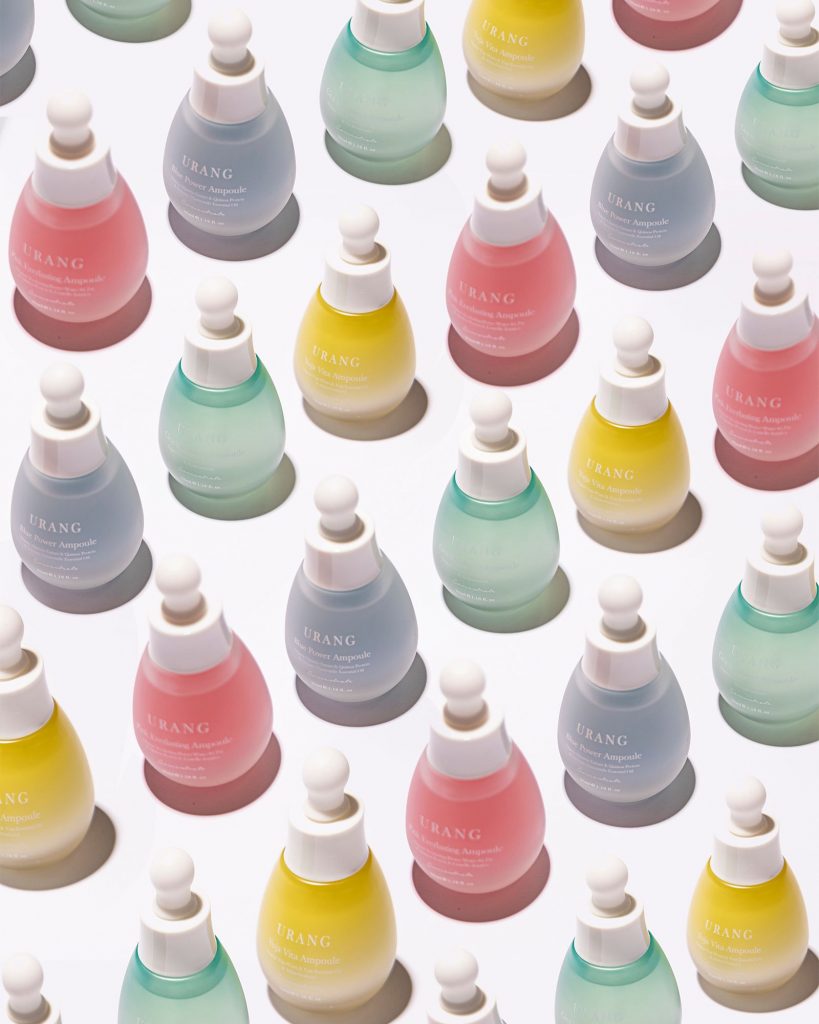
The word “occlusive” has caused confusion because some sites erroneously claim that occlusives clog the pores and prevent the skin from breathing, like an impermeable plastic layer. However, the layer formed by occlusives is not everlasting and comes off with the friction of air and clothing, and it comes off completely when the skin is cleansed.
Also, the skin doesn’t actually breathe, but it will be able to perspire properly, even if your product contains occlusives. They’re there for a reason!
Some occlusives:
- Of animal origin: lanolin and waxes.
- Plant-based: vegetable oils and butters, such as shea butter or avocado oil, and semi-synthetic oils like Caprylic/Capric Triglyceride.
- Of mineral origin: Petrolatum, Paraffinum Liquidum, Mineral Oil… As well as different silicones.
Our two favourite products packed with occlusive ingredients are Urang’s Rose Ceramide Cream, a rich moisturiser for dry or mature skin, and their SOS Multibalm, a balm used to hydrate and repair lips, elbows, knees, and more.
Are there products that are only humectant (Hs), emollient (Es) or occlusive (Os)?
They do, but they might be difficult to spot, unless you’re a cosmetic specialist. Some products do have only one of these functions, but (surprise!) most have several of the properties described above — for example, they can be both Es and Os.
However, each type of product is more likely to have one or another substance. For example:
- Toners: Normally they only contain Hs, but they can also include Es (such is the case of milky toners).
- Essences: They usually only contain Hs, as they’re oil free.
- Serums: If they have water, they can contain only Hs, but also Es and Os. Water-free serums are formulated with Es and/or Os exclusively (a good example of this are Urang oils).
- Creams: They usually contain Hs, Es and Os. Another possibility is that they only contain Hs (oil-free gel creams), Hs and Es (gel creams).
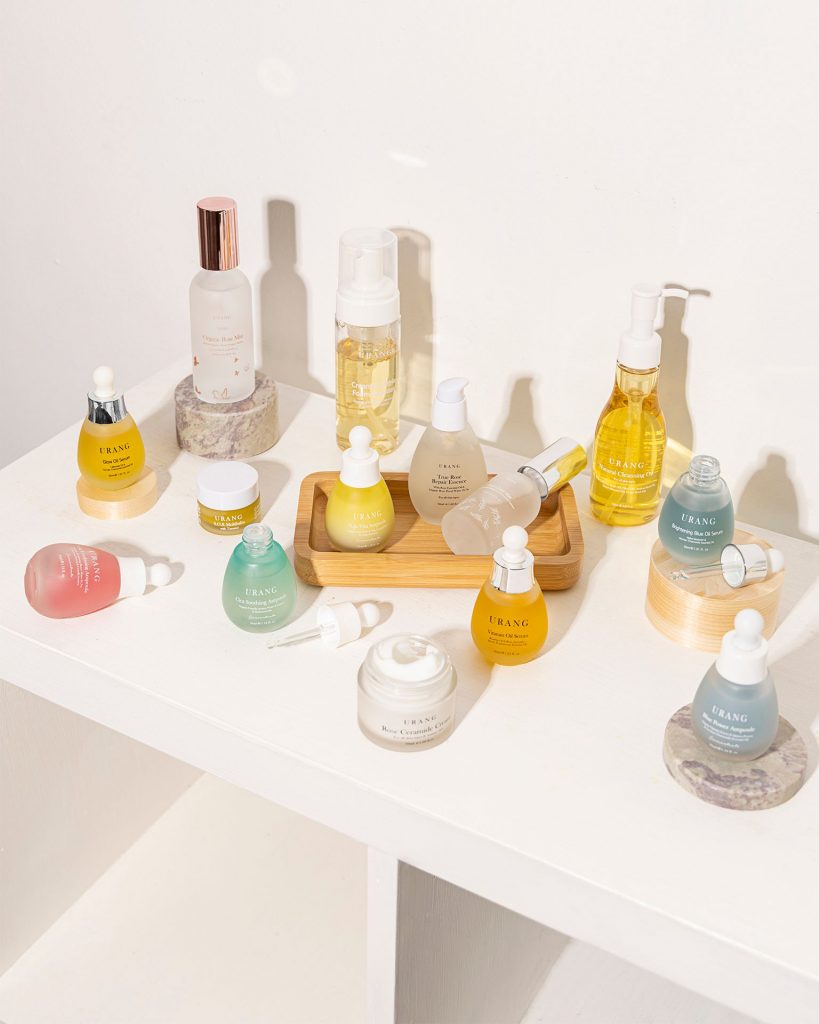
How do I incorporate humectants, emollients and occlusives into my routine?
Normally, your classic “white cream” (emulsion, mixture of water and oils) won’t have only one property —humectant, emollient or occlusive—, but will actually contain ingredients from all three categories. In fact, this makes a lot of sense: a single product can combine the three to minimise TEWL.
You can apply the same strategy when you set up your routine: use products with all three types of ingredients, and always remember to first apply products with humectants, and finish with the more emollient and occlusive ones.
As you can see, not everything is black or white when it comes to moisturising products. Usually, a single product will have ingredients with two or three of the properties we have discussed. How about you? What formulations do you use in your routine? Go through them and tell in the comment section what type of moisturising substances they contain in the comment section below!


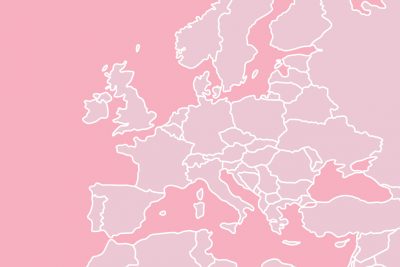
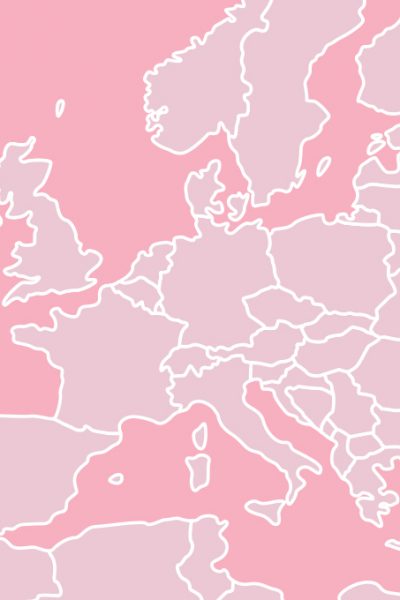
Comments